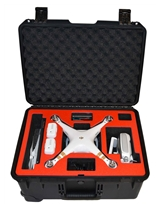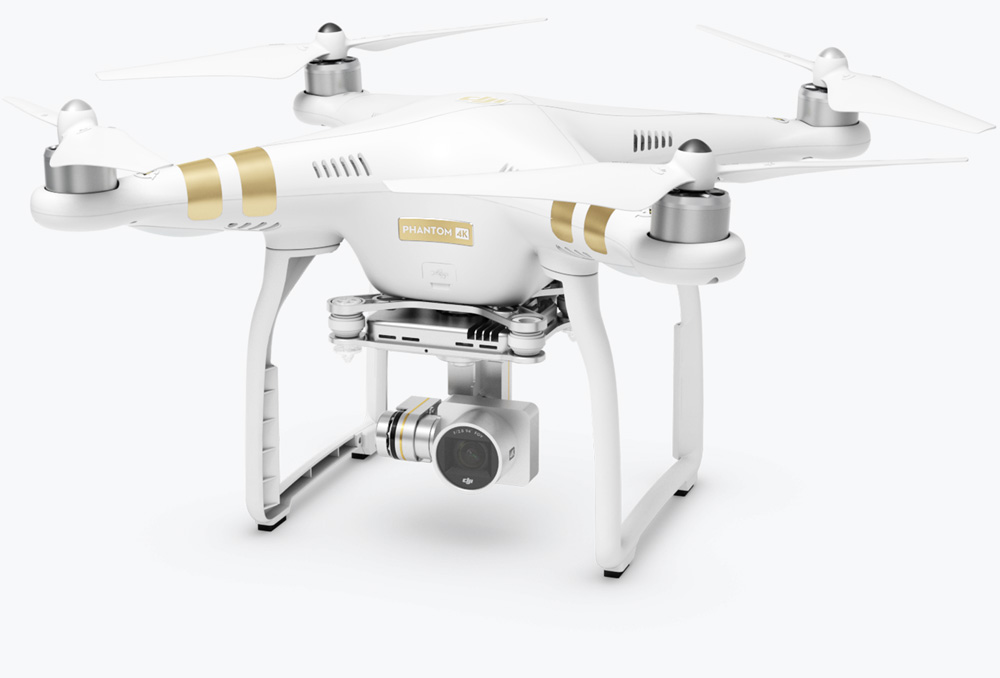As the holidays approach, many enthusiasts and photographers may want to bring their drone with them as they travel. But traveling with an expensive piece of equipment takes some thought – damaging your drone, losing your images, or -even worse- being kicked off your flight or having your drone confiscated by overenthusiastic authorities could ruin your whole vacation. Here are our top 5 tips for traveling with your drone.
- Carry on or checked? If you can, you should carry-on your drone, just as you would a laptop or any other piece of expensive equipment. By carrying the drone with you, you can ensure gentle handling and a lower risk of theft. If you cannot carry on the drone, then split your equipment. Check the drone body, controller, and accessories in an appropriate case – see below – and carry on the batteries, the camera gimbal, and the memory cards.
- Get the Right Case for the Job. Whether you are carrying your drone with you or checking it as baggage, the right case for your drone is essential. A hard-sided case will do the best job of protecting

- Batteries are a Separate Issue. Earlier this year, professional drone operator Colin Smith was kicked off of a Southwest Air flight when he politely informed the crew that he needed to take his drone batteries as carry on luggage, due to FAA regulations. The Southwest crew was sadly uninformed and refused to let him on board, but Smith was absolutely correct: regulations stipulate that lithium and LiPO batteries must be carried, not checked. Both FAA and DOT regulations (linked here) are clear. Place the batteries in a separate bag – again, there are special travel bags sold for this purpose – and take them out to place in a bin by themselves to save trouble when going through airport security. Generally, airline regulations allow 2 lithium ion batteries over 100 watt hours (but you should confirm with your airline before you fly.) New batteries should have the watt hour marked on them, but you can calculate the watt hours by multiplying the battery voltage by the Amp hours (Ah). Check out this video for more information:
- Check the Regulations. Some countries prohibit drones from being brought into the country without prior application, and others require that you declare your drone, so check before you fly if you are traveling internationally. In addition, many states now have additional drone regulations which you will need to comply with. The National Conference of State Legislatures keeps a good list of current drone laws enacted in each state. When in doubt, use your common sense and the US guidelines: stay under 400 feet altitude, stay 5 miles away from airports, and don’t fly over people or vehicles. Avoid crowded areas and refrain from flying over national monuments or tourist sites, despite the temptation: several English students were arrested in India last year for taking drone pictures of a Hindu temple.
- Carry a Repair Kit. Drone operators are notoriously clever at building, fixing and adjusting their drones – but don’t get caught on the road without a basic repair kit and a few extra propellers to keep your drone in the air. Keep it simple and lightweight: a good rule of thumb is to think of the last three basic repairs you made and try to have the right tools to fix them.
Traveling your drone takes a little extra effort to make sure that your equipment arrives as safely as you do – but the aerial pictures of your holiday vacation make it worth the time.
